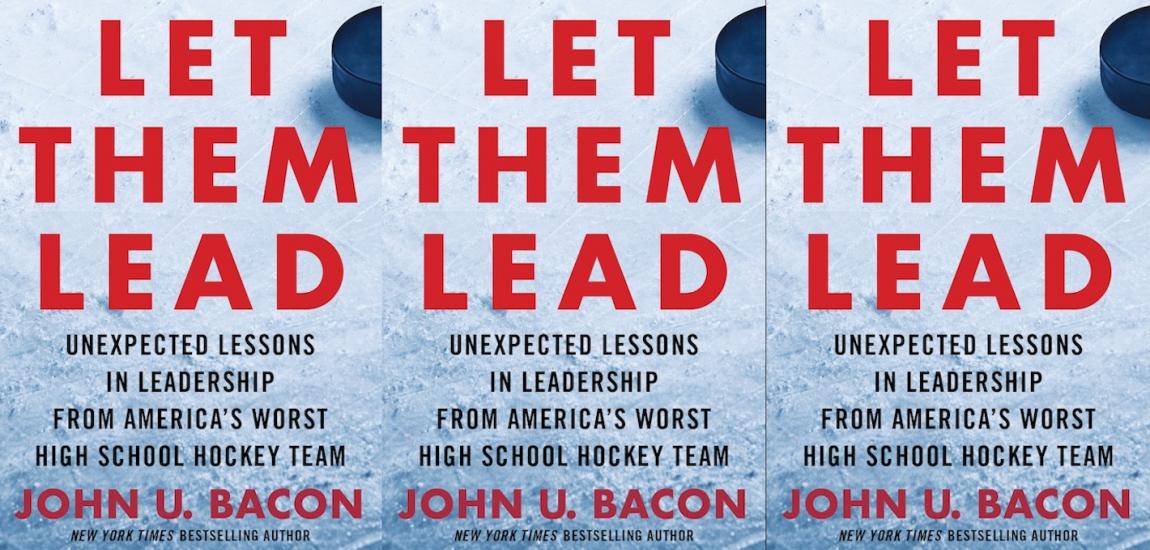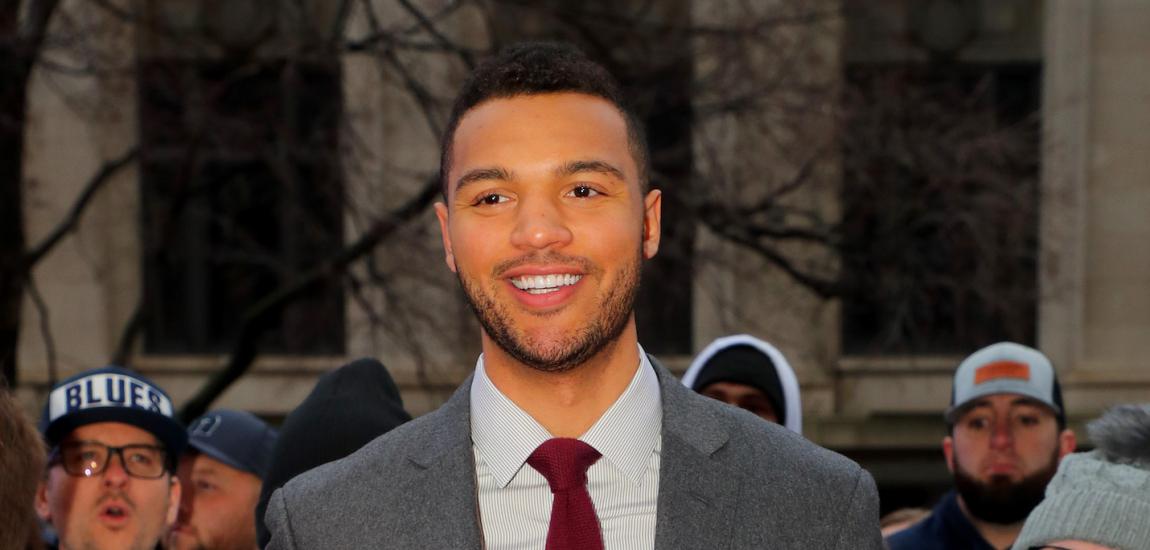
Late in the first period of an NHL game in Phoenix last January, Coyotes defenseman Adrian Aucoin fired the puck down the ice, where it ricocheted off a teammate's stick and hit an on-ice official, Vaughan Rody, flush on the left side of his jaw. The force of the impact caused him to bite his tongue, and his gums were badly cut.
With under four minutes remaining in the period, Rody left the ice to be checked by a doctor and dentist who were on hand.
Though he was wearing a helmet -- a league mandate for officials since only the 2006-07 season -- the impact was severe. Painfully dislocated, but not broken, Rody's jaw instantly snapped shut when the physician tried to pry it open. But because there was still a game to be finished and because Rody was still able to skate, he was back out on the ice at the start of the second period.
"With pucks flying around we see a lot of them getting hit by the puck or by players, but they bounce back," Aucoin said later. "Most were players at some point, so it's expected and our hat goes off to them because we know how tough it is to do their job."
For Rody, 42, and the roughly 66 members of the National Hockey League Officials Association, dislocating one's jaw on the job -- and finishing work afterward -- isn't unusual.
"The players play with injuries and we battle like they do," says Rody, who says his jaw still isn't quite right. "The game deserves four of us, it's hard enough out there with four sets of eyes to leave one of your partners just because you're injured."

In 13 years of working NHL ice, Rody has been cut near his eye by a stick and had his nose broken. He missed the end of the 2003 season after badly tearing his pectoral muscle breaking up a fight, though he managed to finish the game in which the injury occurred and even broke up another fight before coming off the ice.
"There was a pop in my chest and I felt the muscle unravel off of my chest bone and fall right into my arm," Rody remembers. "I couldn't move my arm for seven months, but luckily we've got the Cadillac of healthcare plans."
As a linesman, Rody's job is to police for line violations including icing and offside, after which the linesmen conduct faceoffs.
Linesmen are permitted to call some penalties (such as too many players on the ice), but mostly they report infractions to the referee. In addition to those tasks, it's the linesman's job to break up scuffles and fistfights.
"Occasionally you get struck and injured, but it's the nature of the job,” Rody says. "As an official, it's a scary aspect when some of them are fighting and you have to have confidence in your ability too. You have to say, 'I can handle this guy.'"
Rody says that as soon as fights occur linesmen immediately watch for cheap shots that might give one combatant an unfair advantage. Linesmen are more likely to allow the fight to happen if the fighters are in the same weight category or if both are considered career enforcers. During the fight, the linesmen chat with the players to make sure neither is badly injured.
"A lot of fans don't understand that there's communication going on before and during that battle between all four participants," Rody says.

"It's not fun and games out there. When they lose it for that second, you have to be able to grab onto them and get them back to reality quickly with a quick grab."
Though professional enforcers generally stop fighting when told to do so, linesmen subject themselves to situations where they could be injured in almost every time there is a brawl.
"When somebody falls down, you go down and cover them so there is no stray punch or skate that clips them and see that they don't land the wrong way," Rody says. "You put yourself in harms way to make sure they're safe."
It's an occupation that requires solid physical fitness and signifigant grit, along with Olympic-level skating skills. While players skate in two-minute shifts, referees and linesman must skate nearly all of the game's 60 minutes nonstop.
"I've got guys refereeing college hockey that can skate better than NHL players can," says Paul Stewart, the first American to referee 1,000 NHL games and now the director of on-ice officials for the ECAC.

Stewart, who played briefly in the NHL, refereed games during the 1998 season while receiving chemotherapy, broke his nose in one game and was tripped by Hall of Famer Brett Hull and tore a hamstring in another. When dealing with a fight, Stewart always stuck to his principles.
"I got hit many times, but I had 1,500 penalty minutes as a player, so I don't think it was ever intentional," Stewart says. "A guy hit me one night in Edmonton and I think I probably bopped him right back, so it didn't bother me a whole heck of a lot."
To endure all the wear and tear, NHL officials are placed on a fitness program and go through an annual training camp. Their fitness and injuries are monitored by the league and evaluated with their best health in mind.
"It's a very fast game, and unless there is a whistle the game continues on, so you've got to be moving and thinking all the time," says Dave Smith, director of fitness for NHL officials. "The referees and linesmen always have to move and react to how the game progresses."

Besides their duties on the ice, NHL referees are responsible for making their own hotel and travel arrangements, as well as being in town on game day at noon. They'll often travel between 15-20 days a month, sometimes working as many as three games in three nights in different cities.
"A lot of times, you're not as physically exhausted as you are mentally drained," says Rody.
On-ice officials do not enjoy the same glory that players do, but for Rody and his colleagues, just participating in the NHL is humbling enough to make them fight through it.
"One reason you work through pain or injuries is because if you miss something, the game suffers," he says.
-- Matt Caputo is a writer from Queens, N.Y. He's written for the New York Times, Maxim, SLAM, Men's Fitness and New York Daily News. Visit his website or follow him on Twitter: @mattcaputo.








